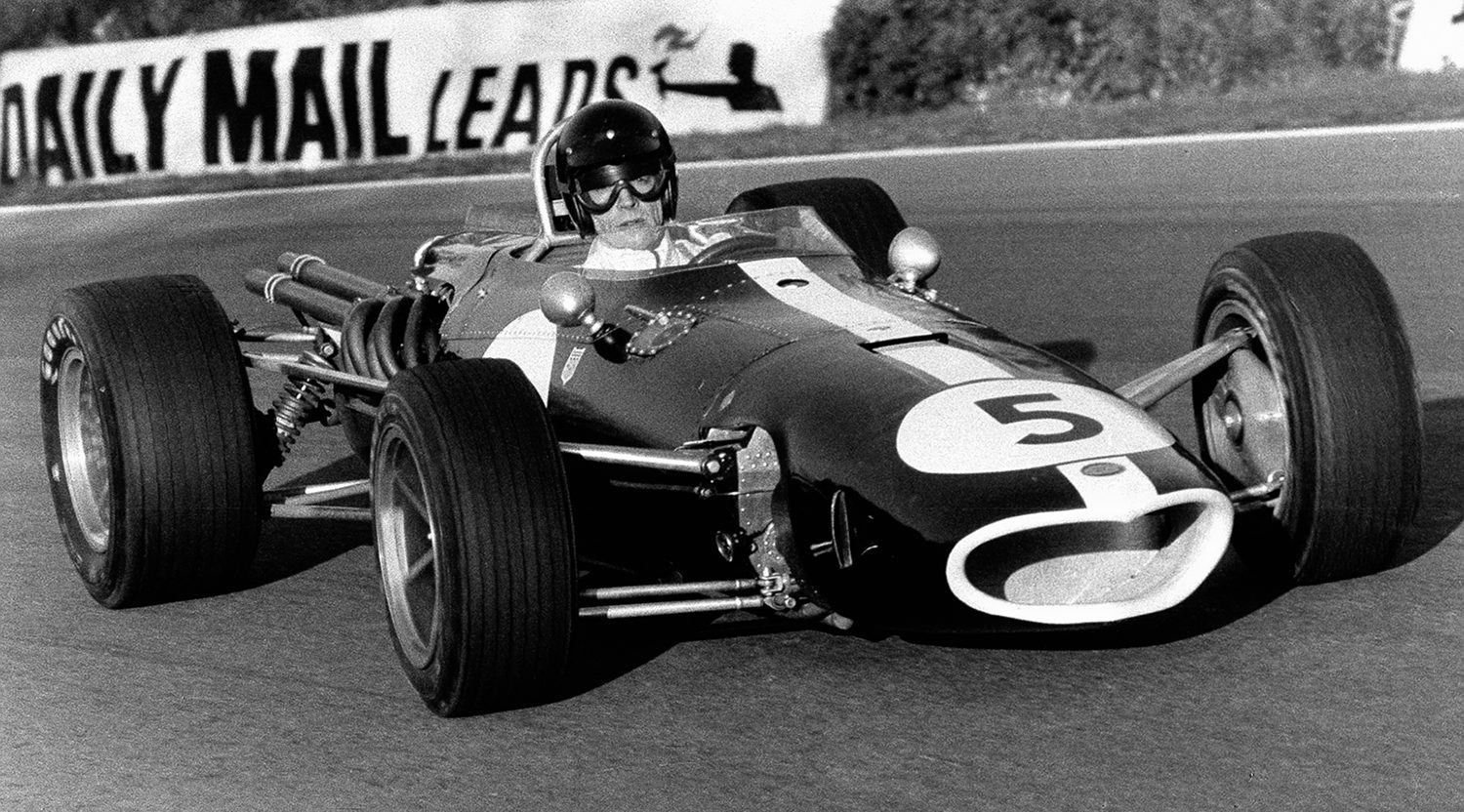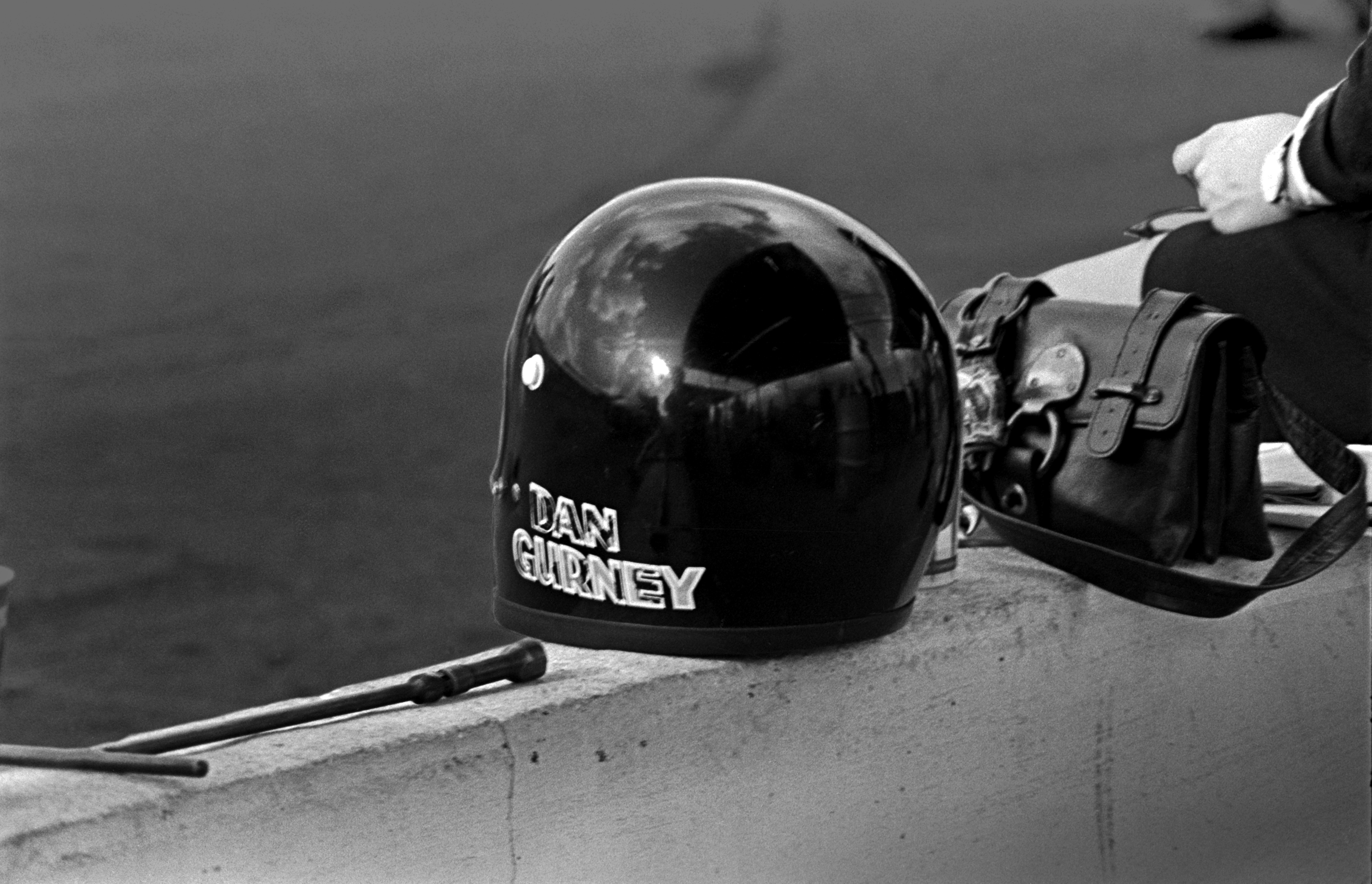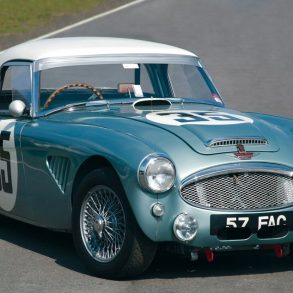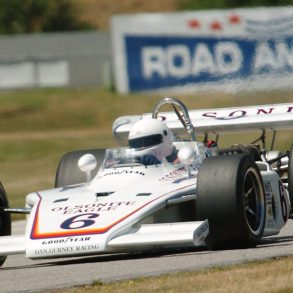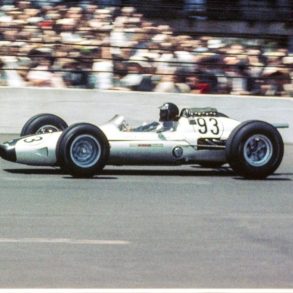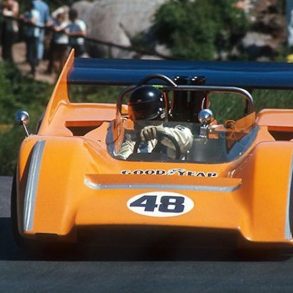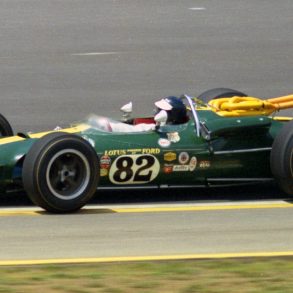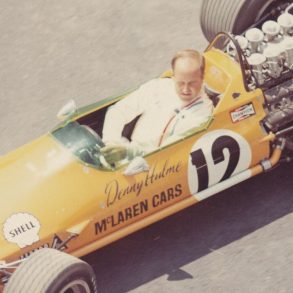All sports have heroes. But there are some individuals who transcend their sport: Muhammad Ali, Joe Montana, Wayne Gretzky, Michael Jordan. And few would dispute that Dan Gurney, who passed away a year ago, is entitled to be among those few.
Usually, one characteristic for membership in this club is to have delivered multiple championships, or record breaking numbers. But, interestingly, Dan did neither. Yes, he was usually at the front of a race, but he never won the Formula One World Championship; in fact he only won a handful of F1 races in his career. He also never won the race he revolutionized, the Indy 500.
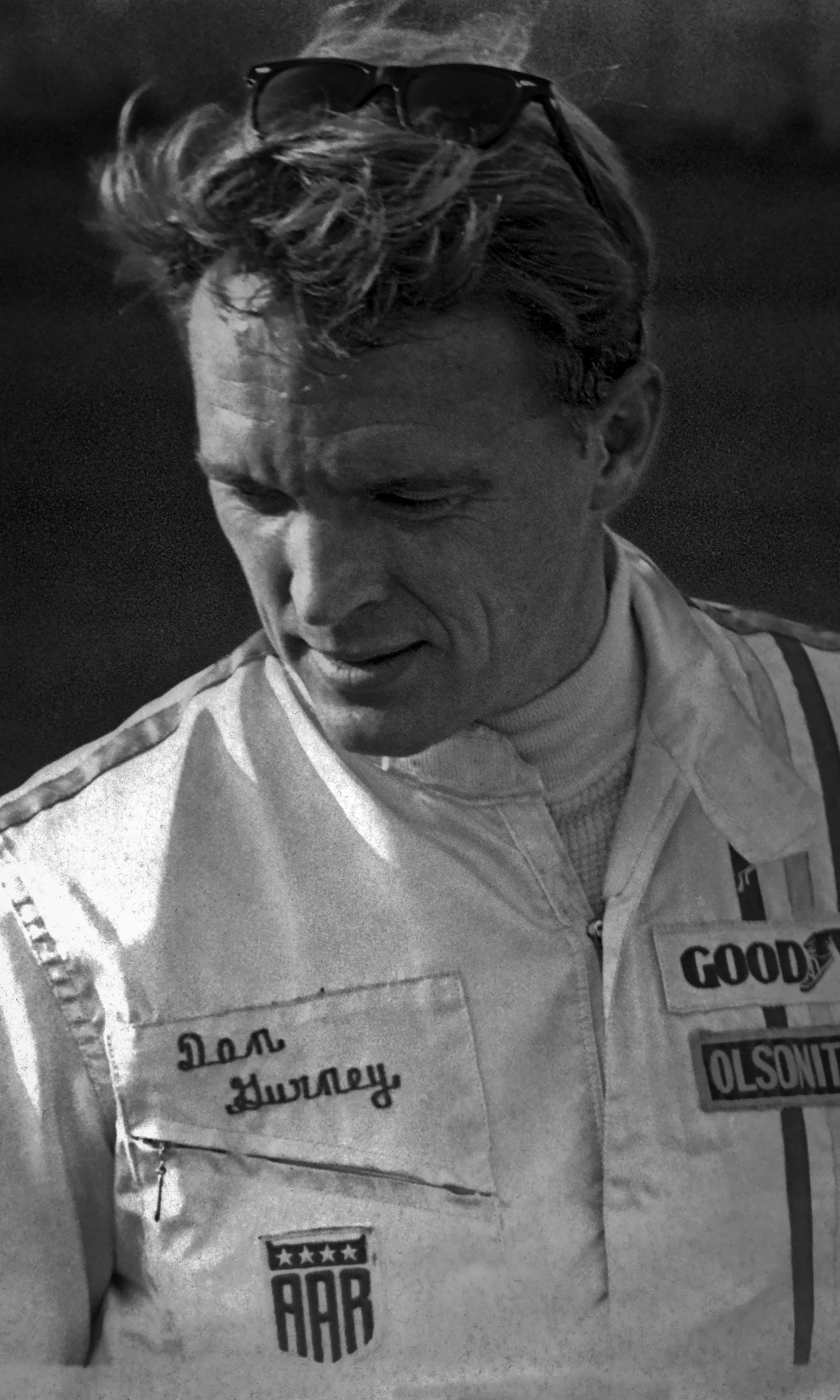
This led to rides in factory Ferrari sports cars and then Formula One, finishing second in only his second F1 race, and third in his third. (Fueling the supposition that, by all rights, he should have won on his first outing.)
Other teams quickly saw his talent and he went from Ferrari to BRM, to Porsche, to Brabham; always either one step in front of, or one step behind, being in the right car at the right time.
Like other drivers in that era, Dan didn’t just confine himself to Formula One. He drove everything: sports cars, endurance cars, Indy cars, even stock cars. Some of his greatest success, and the Gurney legend, came from driving a Wood Brothers stock car at the Motor Trend 500 at Riverside. This race was his race; they thought about changing its name to the “Dan Gurney 500.” He won it five times – four of them in a row – and it would have been more except for mechanical issues.
He was equally at home in endurance racing, a special skill that required patience, stamina and a supreme respect for the car to make it last. He won the brutal 12 Hours of Sebring in 1959, in only his second start. He was a major part of the Shelby team that won the World Manufacturers Championship with their Cobras in 1965.
And, in 1967, he delivered performances in two races that will always define his legacy. On June 11th, he won the Le Mans 24-hour race driving a Ford Mk. IV with A.J. Foyt. Then a week later, he won the Grand Prix of Belgium driving his Eagle Formula One car.
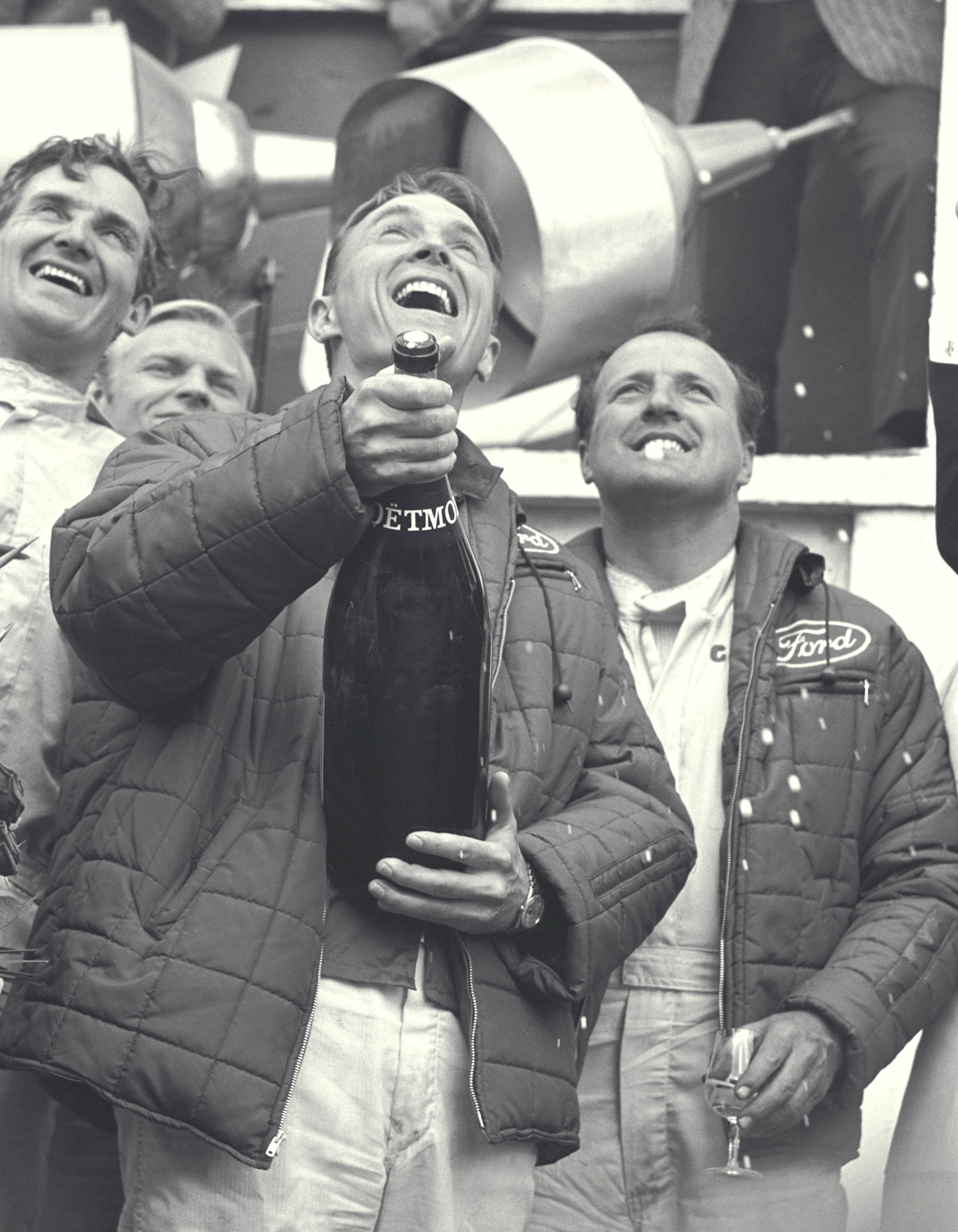
The Eagle was built by Gurney’s company, All American Racers (AAR), in Santa Ana, California. He had started the company in 1965 to build Indy cars, the series that would define the company for more than two decades. And he allowed all of us fans to be a part of his new company as members of the “Eagle Club.”
Gurney came to Indy in the early 1960s as the technology of racing cars was changing rapidly. Before that time, the engine was almost always in the front. But some radical designers, like John Cooper and Colin Chapman, thought the engine should go in the rear.
Jack Brabham drove one of Cooper’s modified Formula One cars at Indy in 1961 without much attention. And Dan drove a rear engine creation from hot rodder Mickey Thompson in 1962. But then the stars aligned for Dan to start the greatest revolution in Indycar history.
Dan had intimate knowledge of the brilliance of Colin Chapman’s new Lotus Formula One chassis. And, he knew from racing Cobras, that Ford’s new lightweight 289 engine could deliver excellent power for its weight. What if you put them together and took them to the Indy 500?
Over the winter of 1963, Dan, Ford and Chapman put the pieces together and during testing in the Spring, the new Lotus-ford was lapping the Brickyard at the track record. In the race, teammate Jim Clark, arguably the greatest driver of all time, narrowly lost to Parnelli Jones in a traditional, front-engined roadster. But the die was cast. Clark would win in 1965, and the Indy 500 has never been won by a front engine car since.
Dan committed AAR to build cars for Indy and to be the best cars in the field of 33. In 1966 the race had five Eagles. By the mid 1970s, almost the entire field was Eagles. While he never won the race himself, several of his drivers did and numerous other teams racing Eagles won at Indy and other races on the circuit.
In the period that Gurney raced, it has been said that the life expectancy of a driver was worse than a pilot in the Battle of Britain. In 1968, Jim Clark was killed; a possibility no one could imagine considering his talent. This hit Gurney especially hard, and Clark’s father told Dan at the funeral that Dan was the only driver Clark feared on the track. At that point, Dan began planning for a life after racing. He retired at the end of the 1970 season at Riverside, where his career had begun.
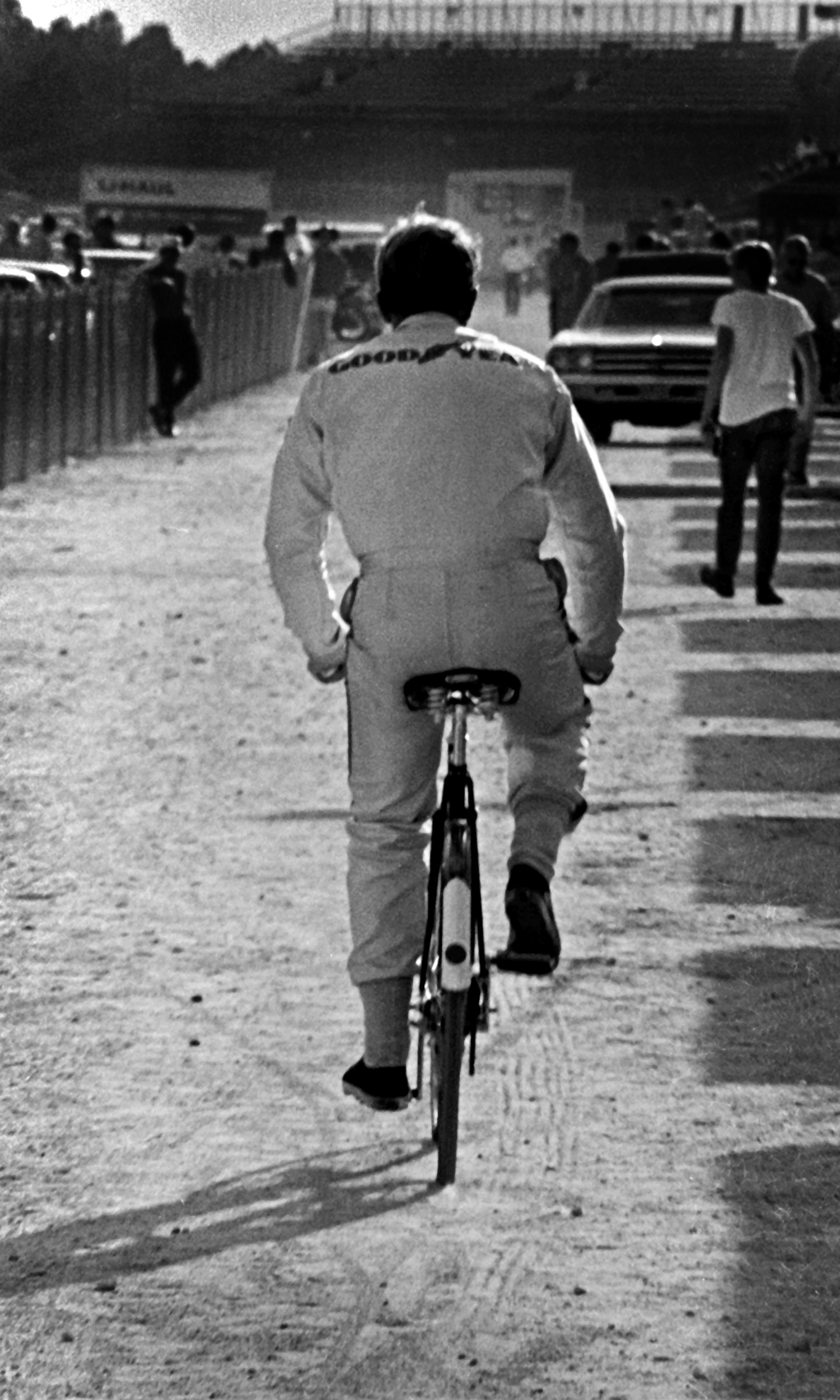
But AAR fell silent after Toyota left racing. There were some articles about Dan building a revolutionary motorcycle, the “Alligator.” And, he was intimately involved with a radical Indycar design, the Delta Wing.
Freethinking about new designs was always something Gurney enjoyed and was very good at. He was notorious for taking a perfectly good car from a leading designer and modifying so much that it needed to be renamed. (Remember the “McLeagle”?) And, he will forever be known for his innovative aerodynamic device, the “Gurney flap,” that significantly increased the down force of a wing.
It was this interest, AAR’s location close to the Southern California aerospace industry, and the efforts of son Justin that led to the company’s recent role in Elon Musk’s SpaceX project. If you saw the majestic videos of the booster rockets landing back on earth under their own power, those elegant legs that extend at the end were designed, tested and built by AAR.
No, it was not what Dan did in his long career as both a driver and builder, as much as how he did it that puts him in that rarefied air of sports icons. He was a hero to a generation of us motorsports fans who came of age in the 1960s.
When he won, he didn’t claim the victory as his own – he shared it with us. We were part of his team. On the victory podium at Le Mans in 1967, he shook the bottle of Champagne and sprayed all of us with it, even though we were thousands of miles away.
He was all American. And there will never be another like him.


